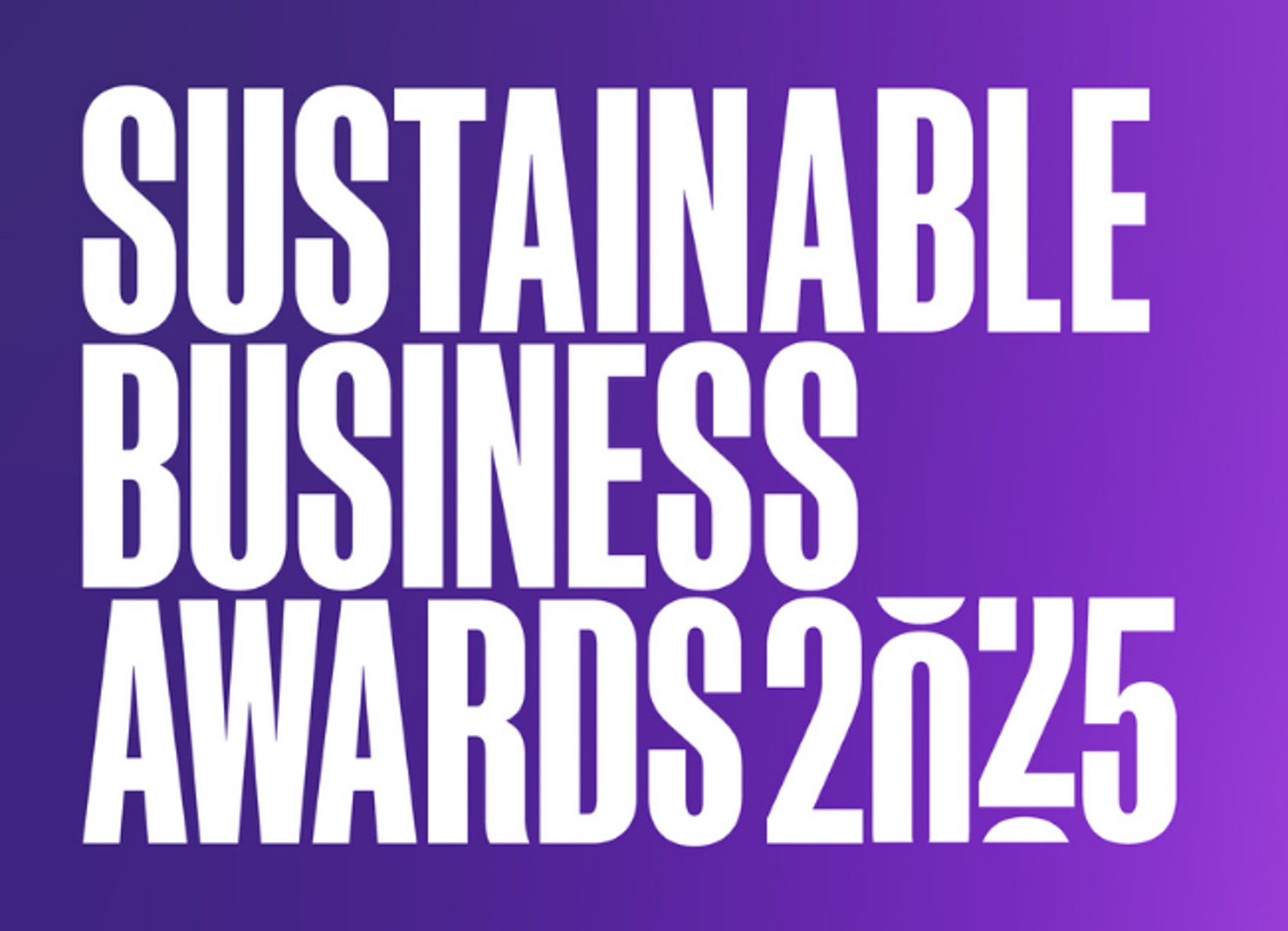People are choosing simpler phones in record numbers
What will it mean for your marketing if the trend away from smart phones to basic flip ‘feature’ phones and other dumb phones continues? As Emmy Award winning journalist Jennifer Jolly reported in USA Today, people are downgrading their mobile tech in record numbers.
As marketers, its our job to understand customer behaviour and what’s driving change. As 20 year old, Wyatt Olson told Jolly “I felt like every single second of downtime I had I spent on my phone… And when I would look up and look around, everyone else was on their phone, too.”
Sound familiar? According to the latest statistics by What’s The BIG Data, cited by Jolly, the average person in the US spends nearly five hours a day on their smartphone, equalling six days a month and 12 years over a lifetime. Increasing numbers of people are deciding that’s too much life surrendered. They are moving beyond a short term detox into more lasting behaviour.
Major drivers of people choosing a digital downgrade include mental health concerns, the desire to save time and to be more present and connected. Users want the benefits of a phone on the go – to send and receive txts, to make calls, take photos, and shine a torch – but not the deliberately addictive distraction of the endless scroll and dopamine lure of app and social media alerts.

Credit: Pixabay.com User: tranmautritam-498081
Downgrading mobiles and adblocking on desktops
Alongside adblockers, used by 55% of desktop users, according to HootSuite, and rising, this shift to basic phones suggests to us people are rejecting the commodification of their time by the social platforms and brands increasingly dependent on those platforms.
We’ve seen this coming for over five years, with adblocking, now mainstream, first prevalent among the tech community. This contributed to us choosing outdoor / out of home advertising when we worked with Catalyst Cloud to grow their awareness in Wellington. And it informs our ‘content first‘ approach across all our work.
It’s part of what we think is a bigger trend in which people are questioning the value they get in exchange for receiving digital marketing.
Is contributing to social addiction in your customers’ best interests?
The social platforms are designed to be addictive, as this article in The Guardian explains, to maximise users time on them. The longer we’re on, the more impressions we are giving advertisers. The more impressions and clicks, the greater ad spend and the more revenue for the platforms. This has bred a complicity between the digital advertising industry and the tech platforms, in which industry self-regulation is, we believe, increasingly failing users. Those users are of course the very people brands are trying to reach with advertising or sponsored content. If we see marketing as the professional discipline responsible for pleasing customers so they buy from us – and keep buying – then many current digital advertising techniques are arguably a betrayal.
Do your data practices merit your customers’ trust?
 As GoodSense team member Neil (Kunkamol) Krikul has explained, he was trained at the start of his career as a digital marketer, to always collect customer’s information so it becomes valuable to the business, whenever that might be. Neil’s since learned that also comes with risk, a very costly one, for both the business and the customer, because of how easy it is for data to leak. When anyone gives us their personal information, they also give trust that we will protect it. As Neil says “once data becomes digital, it’s hard to actually erase or keep private.” Large breaches are increasingly common and businesses are liable for failures.
As GoodSense team member Neil (Kunkamol) Krikul has explained, he was trained at the start of his career as a digital marketer, to always collect customer’s information so it becomes valuable to the business, whenever that might be. Neil’s since learned that also comes with risk, a very costly one, for both the business and the customer, because of how easy it is for data to leak. When anyone gives us their personal information, they also give trust that we will protect it. As Neil says “once data becomes digital, it’s hard to actually erase or keep private.” Large breaches are increasingly common and businesses are liable for failures.
Our guest writer for Privacy Week 2024, Rali Andreeva, explains privacy issues in more depth alongside the climate cost of data avarice here. We explored the relative ethics of social media platforms and how to evaluate them in this article last year.
Is un-blockable AI on social platforms legal?
And in April 2024, New Zealand and Australian users of Meta platforms Facebook, Messenger, Instagram and Whats App saw the unannounced and un-blockable addition of AI functionality in those apps. We’re unclear how the associated data harvesting complies with Privacy Law and have asked the New Zealand Privacy Commissioner to investigate. You can see more on this and follow progress through our LinkedIn here.

Norms and where next?
Industry norms in marketing shifted fast in twenty years. Neil’s journey past his ‘grab all the data in case’ training was in stark contrast to my own training in the nineties. I was taught that customer or enquirer data needs to be earned with respect and treated like the treasure it is. Of course, data collection, storage and personalisation were all more expensive back then. But arguably the value exchange between customer and brand was more equal.
The point of data collection should surely be to create a win-win between the giver and the recipient? By surrendering privacy in the giving of data, the person should gain a tangible benefit. Similarly, by surrendering time to an app, the user should benefit. This value-exchange should be transparent.
But the giving of data and time by users seems to massively outstrip the value delivered by brands in exchange. Research repeatedly shows people are generally less happy with the companies they buy from, less happy with technology and less trusting of business.
- Will taking data and stealing time without giving value back create a public backlash?
- Does the growth in adblockers and digital downgrading suggest this has started?
- Will data avarice and social addictiveness continue unchecked?
- Will regulators catch up?
- Or will ethical brands take a stand with more ethical marketing?
If you’d like to talk about these or any related ethical marketing issues – or explore with us what more sustainable marketing might look like for your business or brand, please get in touch. We’d love to hear from you.













